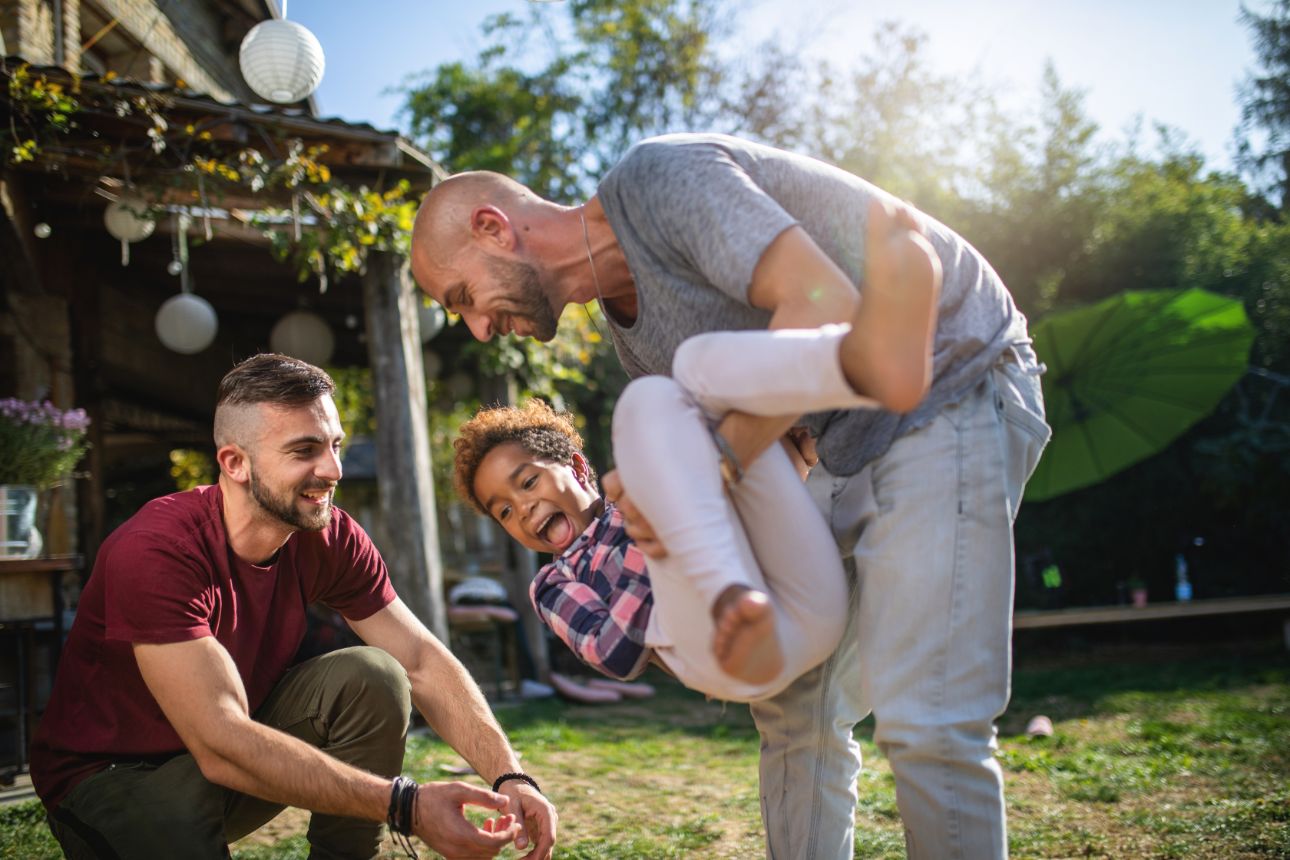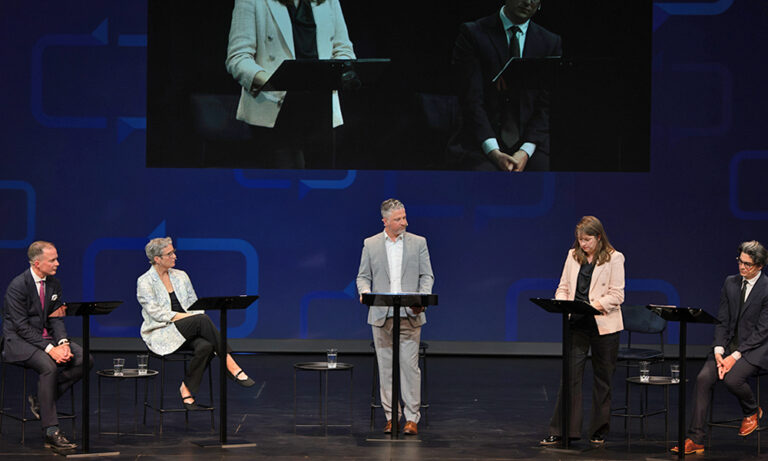Same-sex couples now live in 99.5 per cent of U.S. counties, study finds
The trend is now being driven primarily by male couples moving away from traditional ‘gaybourhoods’ and into the broader community.

Same-sex couples now live in nearly every corner of the U.S.
An analysis of data from the 2020 census shows that 99.5 per cent of U.S. counties have become home to same-sex couples—a significant increase from 93 per cent just a decade earlier.
And the trend is now being driven primarily by male couples moving away from traditional ‘gaybourhoods’ and into the broader community.
“Our research shows that segregation by sexual orientation has been declining steadily over time,” said University of B.C. sociology professor Dr. Amin Ghaziani, co-author of the study published this month in Demography and Canada Research Chair in urban sexualities. “This suggests that same-sex and different-sex households are now more often found in the same place, rather than in different parts of the city.”
Dr. Ghaziani partnered with Dr. Amy Spring of Georgia State University to follow up on their 2010 work that showed gaybourhoods were loosening their hold on same-sex couples.
Re-examining the new census numbers a decade later reveals a clear acceleration of the trend among men and a deceleration among women—who, it should be noted, were already more widely dispersed than men on average.
Segregation of male same-sex couples from different-sex couples declined 23.5 per cent between 2010 and 2020, and 29.5 per cent overall since 2000.
For female same-sex households, the decrease was three per cent from 2010 to 2020, and 16.4 per cent overall since 2000.
“I think it’s interesting that despite the census having a limited definition of same-sex households and it missing many LGBTQ+ partners who live separately, we still find a vast geography of same-sex households,” said Dr. Spring. “Most U.S. counties, whether they be urban, rural or somewhere in between, include same-sex households. These data, even with their limitations, speak to the role the census can play in the visibility of marginalized groups.”
As same-sex households continue to integrate, the traditional concept of gaybourhoods may be shifting. Dr. Ghaziani emphasized that while these neighbourhoods still hold immense cultural significance, their importance as safe spaces may be diminishing as society becomes more inclusive.
“We used the census in our research, but unfortunately we can’t use that data to explain why this is happening,” Dr. Ghaziani said. “However, we can certainly reflect on some contributing factors, such as the legal landscape, liberalizing public opinions, the increasingly diverse composition of friendship networks, and how technology has changed the way we all find each other and connect with each other.”
This study provides the most comprehensive look yet at how same-sex households are reshaping the American residential landscape. As more and more same-sex couples settle outside of traditional LGBTQ+ hubs, the findings point to a future where diversity in neighbourhoods is the norm rather than the exception.
Interview language(s): English

Featured Researcher
Professor, Canada Research Chair in Sexuality and Urban Studies, Dept. of Sociology



